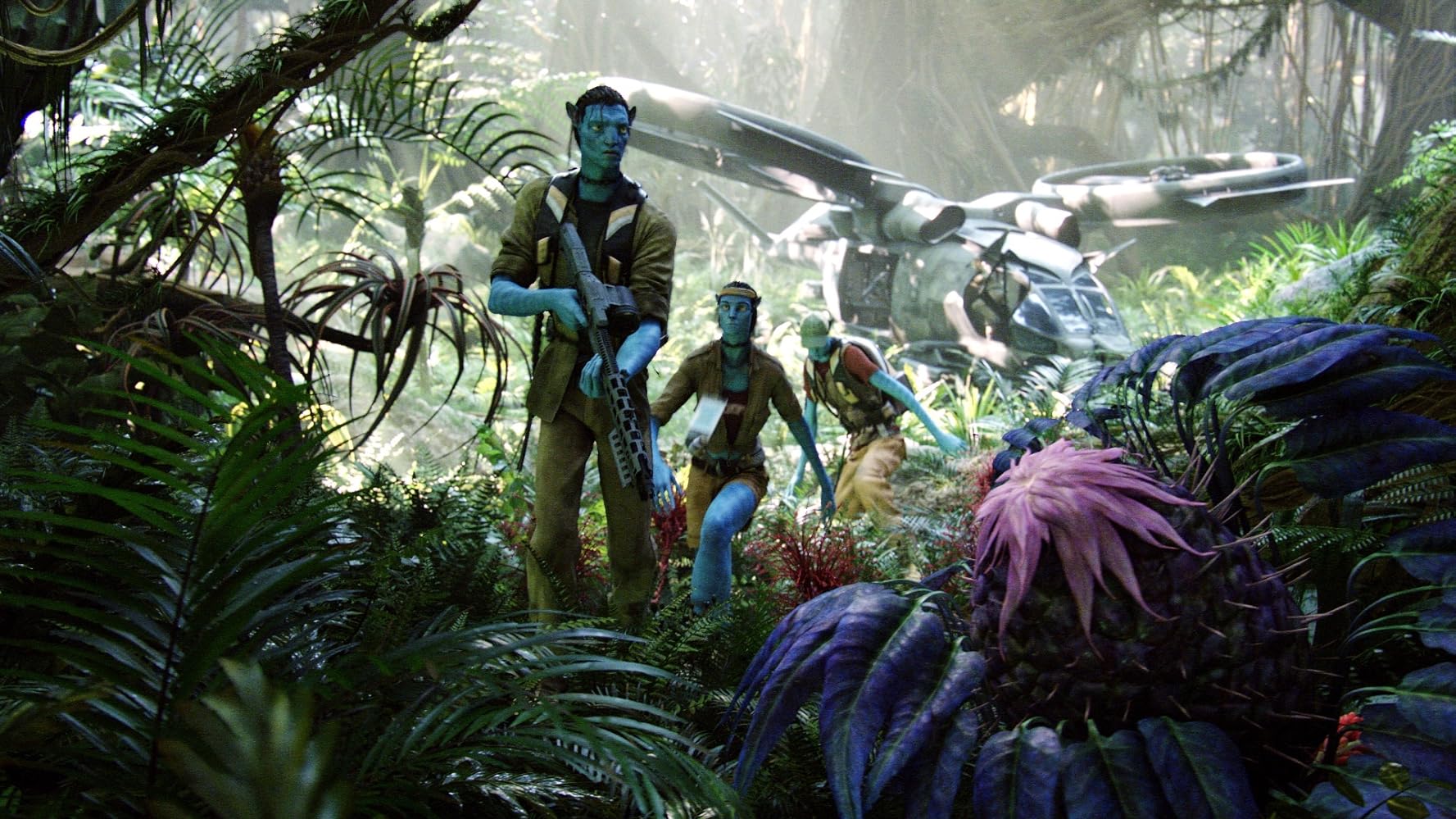{Book Review} Eco-Vampires: The Undead and the Environment by Simon Bacon
Typically, when we think of Dracula, we think of the late, great Bela Lugosi in his black cape. Or maybe we imagine Christopher Lee taking up the same role in the 1950s and 1960s. Maybe Bram Stoker’s 19th Century novel comes to mind. Simon Bacon presents a fresh take on the bloodsucker in his new book, Eco-Vampires: The Undead and the Environment(McFarland). In five chapters, Bacon presents the vampire as a warrior for environmental justice. The result is an environmentally conscious take on the centuries-old monster.
Though Bacon’s research is thorough and his sources plenty, the book should appeal to anyone with a general interest in horror, especially vampires. Its appeal extends beyond an academic audience. Even familiar texts and films, such as Stoker’s 1897 novel or Richard Matheson’s I Am Legend (1954), are given a new analysis fit for the climate change crisis. In the first chapter, “Dracula the Environmentalist,” Bacon casts Stoker’s Dracula in a new light.
He argues that Dracula and the setting that surrounds his castle represent a defense against technological modernity. The rural Transylvania is a place of ecological balance. Furthermore, Bacon reads Jonathan Harker’s journey to Dracula’s castle, the “land beyond the forest,” as a key event that brings Harker closer to wild nature.
Bacon notes that Harker’s journey becomes more connected to the land as it progresses. He travels from train to carriage to foot. By the time he arrives at the Count’s doorstep, the untamed land has an almost hallucinatory effect upon his body.
As the title of the opening chapter suggests, Bacon paints the vampire as a defender of the environment, closely linked to the ecosystem. In fact, this theme is a main undercurrent in most of the chapters. Writing about Dracula, Bacon notes,
“His connection to the larger ecosystem is more spectacular in the way he can not only become mist or cause it to form around himself but also control the weather.”
Even small details in literature and film take on greater meaning via Bacon’s analysis. For instance, old Drac kept a minimal carbon footprint in the novel long before a Green New Deal. Unlike the other characters, he doesn’t write letters. Instead, he communicates via telepathy or face to face.
In order to achieve the book’s aim to identify “eco-friendly credentials of the undead,” Bacon analyzes plenty of well-known representations of the vampire in film and literature. However, in the last chapter, he analyzes sci-fi/ horror films and texts, including John Carpenter’s The Thing (1982) and H.G. Wells’ The War of the Worlds (1898). This chapter challenges our understanding of those works.
Bacon asks us to consider these examples and others in two ways. Aliens come to Earth because their resources are exhausted, or humans need to leave Earth and colonize another planet because of our own destruction and disregard for the environment. Regarding The War of the Worlds, the author notes that the invasive aliens have disconnected from their ecosystem. They wear different bodies like a man changes a suit.
On the other hand, in a film like Avatar (2009), it’s the humans who invade another planet and pillage its resources. These are not traditional vampire representations, but Bacon succeeds at making us re-imagine the vampire and what constitutes a vampire. In doing so, the author presents a compelling case that the vampire is indeed linked to the environment.
Though all of the examples mentioned above are generally well-known media, Bacon’s analysis includes plenty of lesser-known works. The filmography alone is a treasure. Furthermore, even popular films, like 30 Days of Night (2007), will take on new meaning after reading Eco-Vampires. Personally, I never thought about how the vampires in that film are connected to their Alaskan environment and how that reflects the way they kill. Bacon’s insight is illuminating.

Other scholarship on vampires typically links them to capitalism. They suck everything dry and leave nothing. Eco-Vampires: The Undead and the Environment reshapes how we look at the fanged monster in the age of the Anthropocene. Bacon’s book is an enjoyable read. It will make you think more deeply about our planet, consumerism, and the monster’s connection to the ecosystem as an act of resistance against human devastation. This is a fresh, necessary, and unique take on the vampire.
Brian Fanelli is a poet and educator who also enjoys writing about the horror genre. His work has been published in The LA Times, World Literature Today, Schuylkill Valley Journal, Horror Homeroom, and elsewhere. On weekends, he enjoys going to the local drive-in theater with his wife or curling up on the couch, and binge-watching movies with their cat, Giselle.
